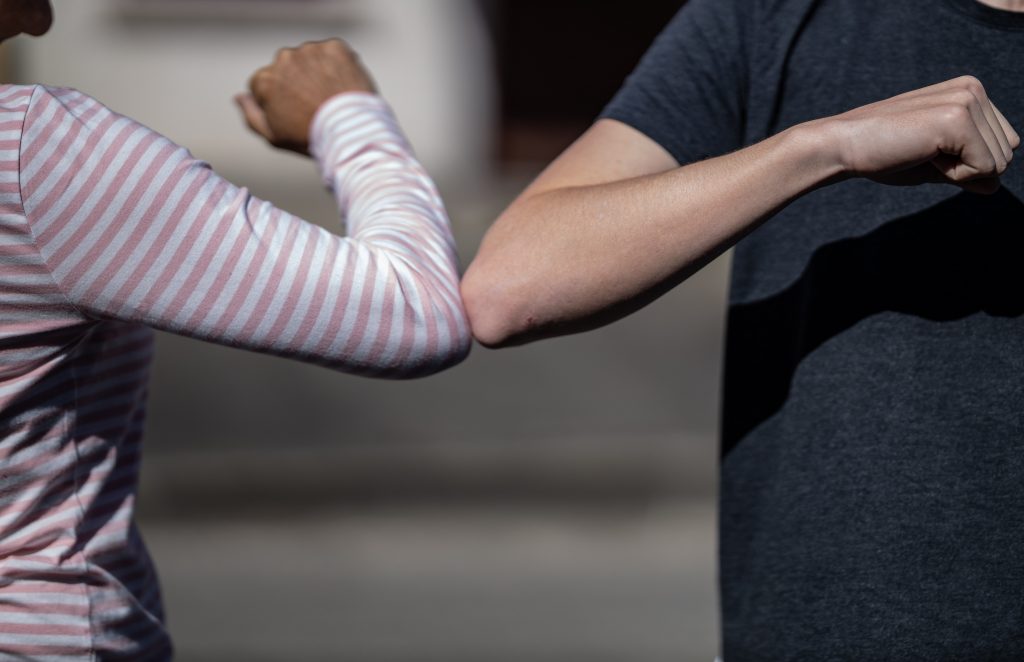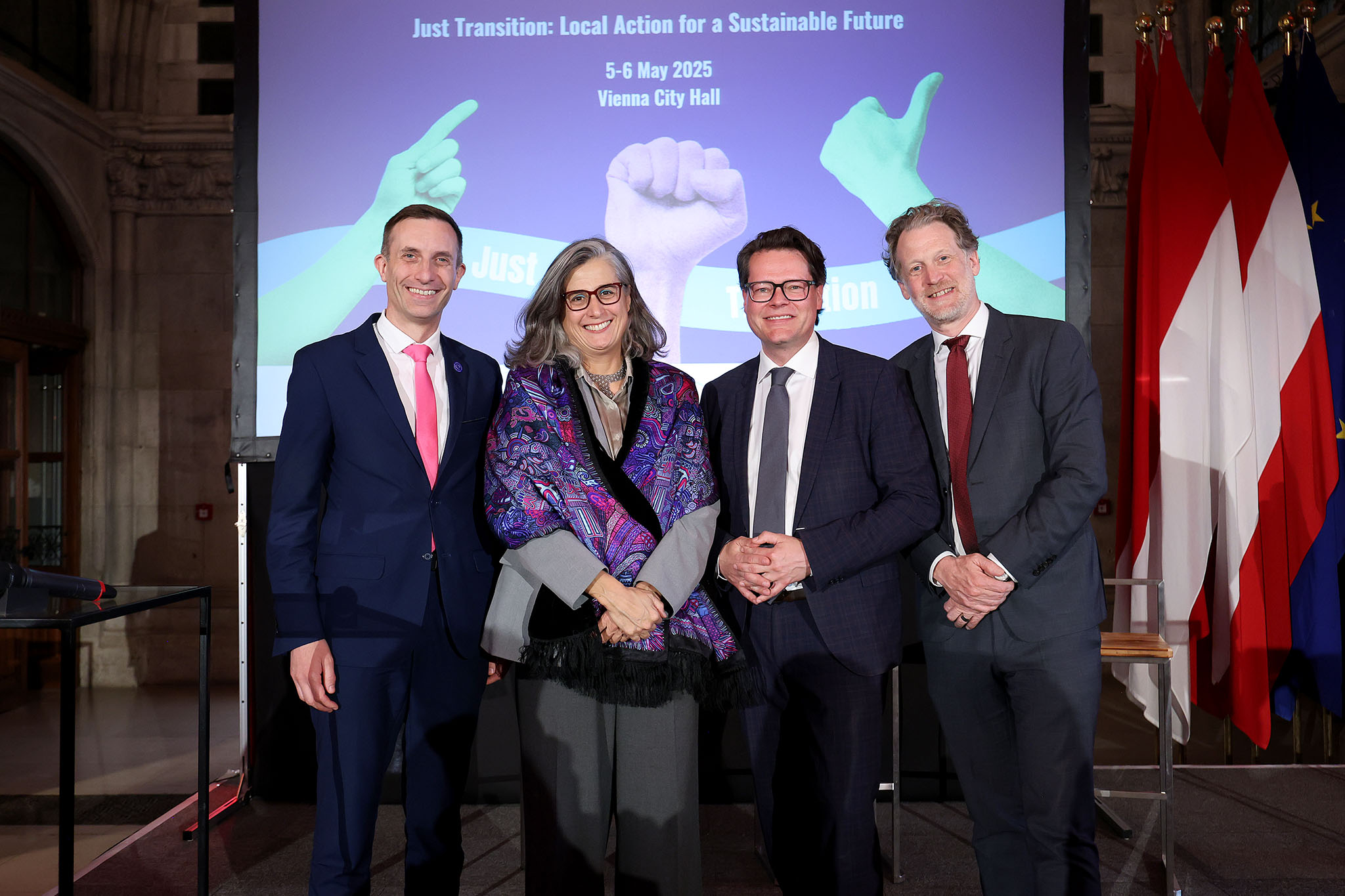What unites society when social distancing is necessary due to the corona crisis? At the 7th International Mayors Conference NOW we found that social cohesion is strengthened particularly through personal encounters, interaction between different social groups and joint engagement for the common good. This pandemic has enabled us to rethink crucial elements of social cohesion and how they can help us to build more cohesive societies. We have looked at numerous innovative local initiatives, which can effectively enhance societies during the current public health crisis.
Today, we’d like to share the following six insights with you:
1 Use crises to strengthen collaboration
Lockdown made many of us feel as if the whole world had gone offline. Simultaneously, the situation required us to keep an eye out for our neighbours and those in need. Various neighbourhood initiatives have noticeably strengthened local cohesion and solidarity, such as online platforms matching people who want to offer help with those who need it, or people using their skills and expertise to provide services inside and outside the house.
2 Social cohesion must include everyone
All of us have been touched by this crisis but some groups in society have been hit harder than others. In order to reconnect vulnerable groups to their communities and decrease social inequality, children with no internet access have been provided with computers and received training on how to use them safely. Homeless people are one of the most vulnerable groups in society, and often their ability to follow physical distancing rules is limited. Two initiatives established specialist isolation rooms and assistance for homeless people with coronavirus symptoms.
3 Provide more public space
Social distancing is impossible when there is not enough space. Public spaces allow for encounters and interactions, as well as different kinds of participation in community life – both key elements of social cohesion at the local level. This crisis has shown just how important public spaces are and that cities must be able to redesign and adapt public areas to meet various challenges. With this in mind, municipalities have increasingly been working on concepts for encounters in public spaces where distancing is also possible: public parks have reopened and busy streets have been turned into pedestrian zones.
4 Drive digitalisation to create spaces for encounters
Physical distancing does not automatically mean that we have to reduce social interaction. Spaces for encounters can be virtual and many institutions have come up with very innovative and entertaining ideas, such as interactive live plays on Zoom or socialising with other people by means of virtual meet-ups provided by free online platforms.
5 Support youth more than ever before
The current crisis has increased feelings of uncertainty about the future since homeschooling has been a setback for many students’ educational careers. It is imperative to safeguard children’s right to education by providing highly developed digital home-schooling infrastructure for free. To highlight young people’s insights and concerns, one municipality launched an Instagram challenge where young participants were encouraged to share the things that helped them to stay positive and overcome this crisis.
6 Participation remains key for local engagement
Creating structures for citizen participation increases trust and a sense of belonging. But in the last few months, decision-making processes often did not involve participatory measures, as many decisions had to be taken quickly. However, several initiatives rose to the challenge and paid close attention to people’s views on matters that affect them directly: an online survey on remote learning asked students about ways to improve homeschooling, and the results were shared with the Ministry of Education in an online conference.



